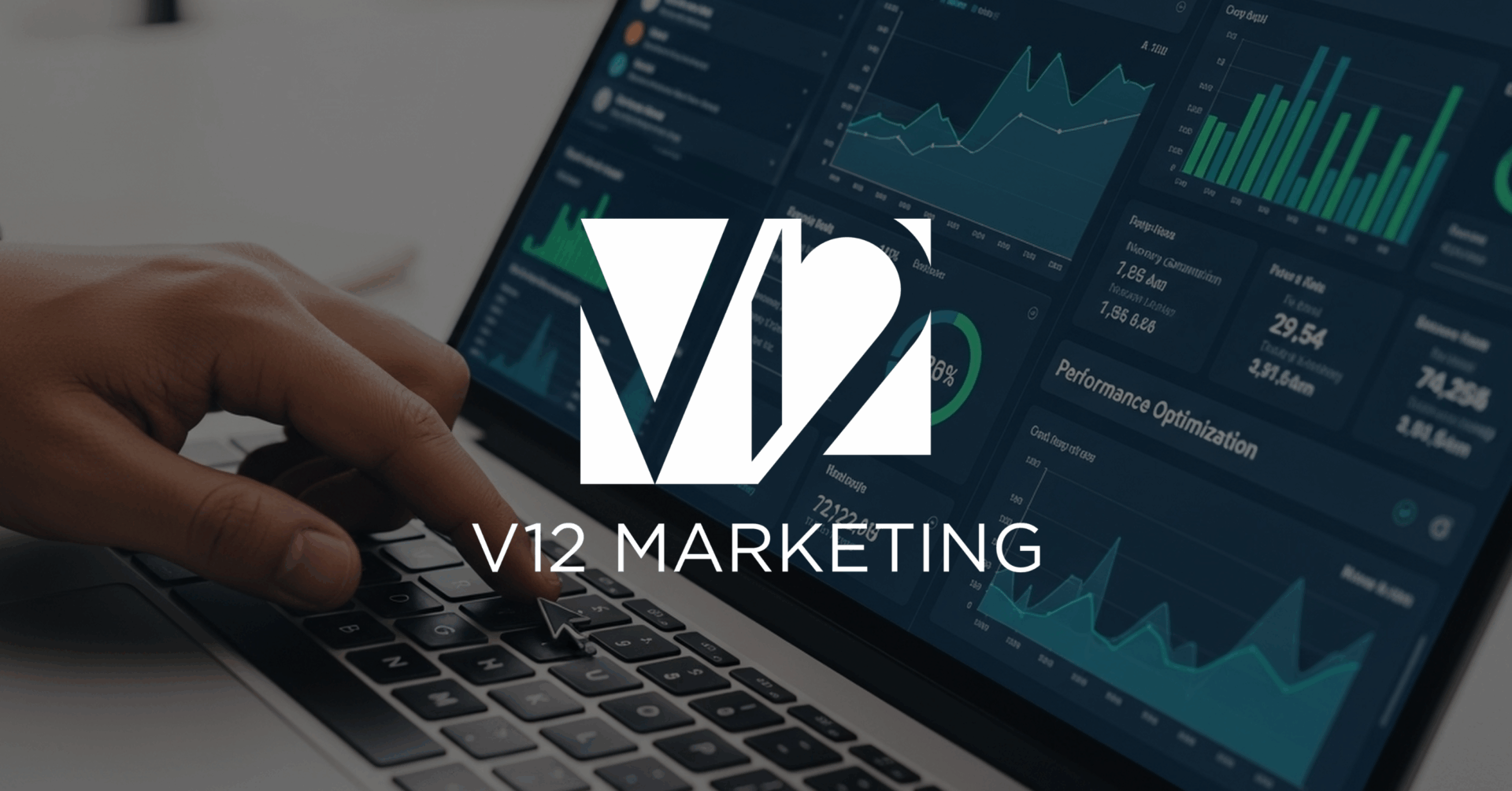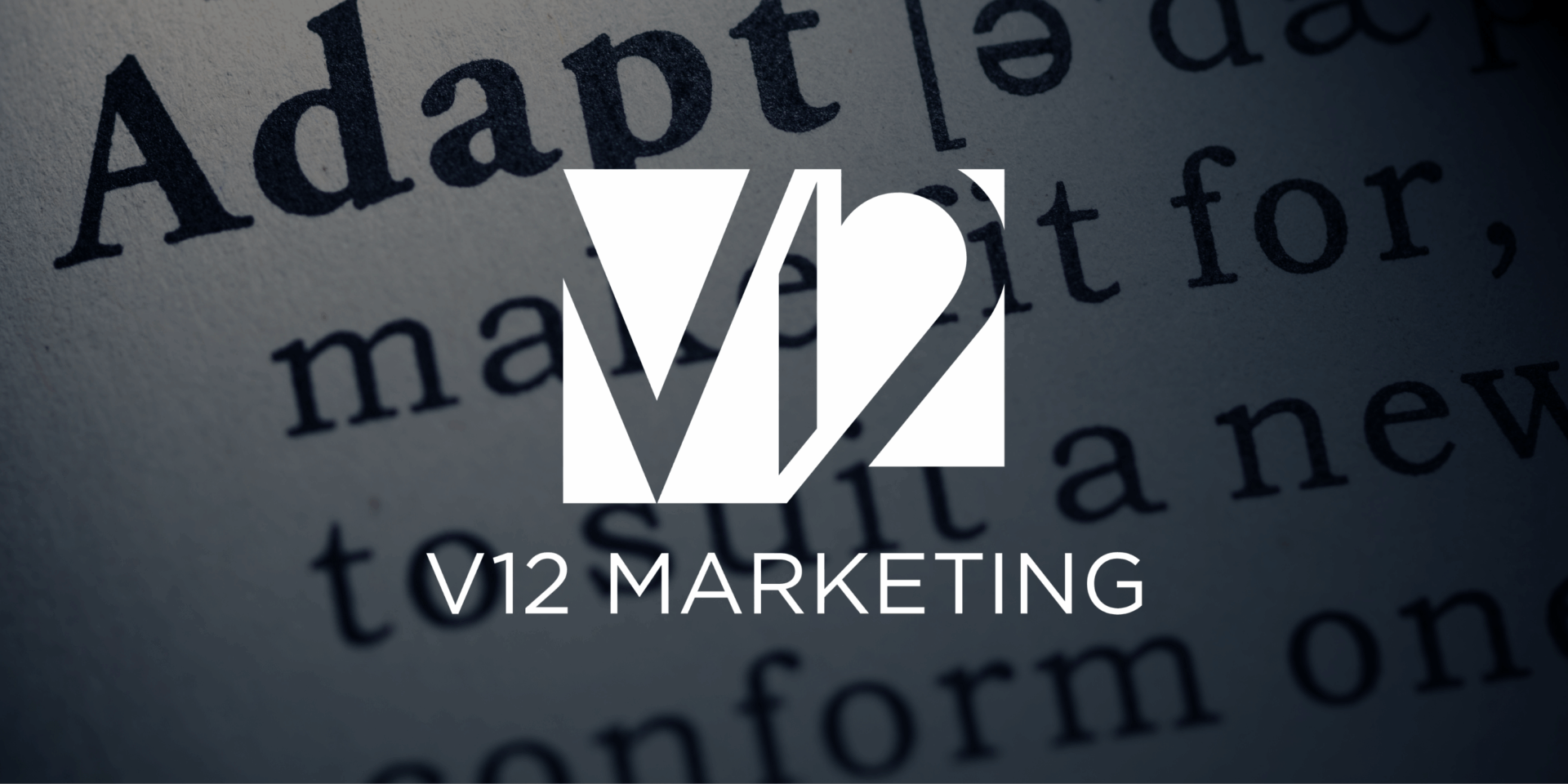
![]()
Content marketing is the practice of planning, creating, and distributing content that educates, entertains, or inspires your audience.
Think formats and messages. Examples include blog posts, videos, ebooks, webinars, and product tutorials.
Inbound marketing is the system that attracts the right people, converts them into leads, nurtures them into customers, and turns them into promoters. Think journeys and orchestration. Examples include SEO, landing pages, lead magnets, automation, and conversion paths.
How they overlap and where they do not
| Aspect | Content Marketing | Inbound Marketing |
|---|---|---|
| Primary goal | Create and distribute valuable content | Orchestrate how audiences discover, convert, and return |
| Typical KPIs | Views, engagement, subscribers, backlinks, brand lift | Organic growth, conversion rate, MQLs and SQLs, pipeline, and revenue |
| Core activities | Editorial strategy, production, publishing, repurposing | SEO, CRO, forms, CTAs, automation, scoring, analytics |
| Time horizon | Compounding library of evergreen assets | Always on system with quick conversion levers |
| Team skills | Writing, design, video, subject expertise | Ops, analytics, UX, CRM, martech |
They depend on each other. Strong inbound without strong content stalls. Strong content without an inbound system underperforms.
Why both still matter in 2025
-
People discover brands across many surfaces. Search, YouTube, social feeds, newsletters, and communities all play a role. Content meets them where they are. Inbound turns discovery into the next step.
-
Buying paths are nonlinear. Buyers self-educate. Content answers questions at every stage. Inbound assembles touchpoints into a clear path with conversion points.
-
Trust is earned, not claimed. Content demonstrates expertise and outcomes. Inbound captures signals, qualifies interest, and routes the next best action.
-
Budgets favor repeatable motions. Inbound connects content to measurable impact, like pipeline and revenue.
The modern funnel, mapped to both
Awareness
Content: educational articles, shorts, infographics, comparison guides
Inbound: SEO research, topic clusters, internal links, social distribution
Consideration
Content: webinars, calculators, buying checklists, teardown posts
Inbound: gated assets with smart forms, progressive profiling, nurture sequences
Decision
Content: case studies, ROI sheets, product tours, FAQs, objection handling
Inbound: high intent landing pages, chat with routing, demo scheduling, scoring
Post purchase
Content: implementation guides, advanced playbooks, community spotlights
Inbound: onboarding journeys, customer marketing, upsell triggers, loyalty programs
A practical framework you can run this quarter
1) Choose three revenue moments
Examples include demo request, start free trial, and book a consult.
2) Build one conversion path for each
-
One pillar page for a high-intent topic
-
Two to four supporting posts that interlink with the pillar
-
One lead magnet that solves a real job to be done
-
One landing page with a clean form
-
One five-touch nurture sequence with a single CTA per email
-
One retargeting sequence for visitors who did not convert
3) Assign clear KPIs
-
Traffic to pillar page
-
Lead magnet conversion rate
-
MQL to SQL rate
-
Pipeline created from this path
-
Revenue within 90 and 180 days
4) Ship, learn, iterate
Review weekly for leading indicators and monthly for lagging indicators. Replace weak pieces, expand winning topics, shorten forms if drop off is high, and tighten offers.
Content strategy essentials
-
Topic selection: Anchor on pain, not product. Use customer interviews, sales call notes, community threads, and SERP analysis to mirror buyer language.
-
Formats that travel: Turn one webinar into a blog recap, five short clips, a slide deck, a checklist, and five social posts. Single source, multi-channel output.
-
Editorial cadence: Aim for quality and consistency. For most teams, one strong pillar per month and two to four supports per month is sustainable.
-
Voice and proof: Share a point of view and show receipts. Data, real screenshots, and practitioner tips outperform generic advice.
Inbound system essentials
-
SEO and site architecture: Topic clusters mapped to problems. Internal links that guide exploration. Fast pages with helpful headers and FAQs.
-
Offers and CTAs: Match intent. Educational content uses soft CTAs like get the template. High intent pages use hard CTAs like book time with an expert.
-
Forms and friction: Use progressive profiling. Ask less up front and enrich later. Offer chat or calendar booking on decision pages.
-
Automation and scoring: Score on fit and behavior. Route sales-ready leads fast. Nurture the rest with relevant content that aligns with the last action taken.
-
Attribution and dashboards: Track by conversion path and topic cluster, not only by channel. Tie editorial choices to pipeline and revenue.
B2B vs. B2C, SMB vs. Enterprise
-
B2B: Longer cycles and more stakeholders. Lean into deep guides, case studies, and ROI tools. Inbound emphasizes lead scoring, account signals, and demo workflows.
-
B2C: Faster cycles and higher volume. Lean into short video, social proof, and UGC. Inbound emphasizes site speed, streamlined checkout, and lifecycle messaging.
-
SMB: Keep stacks simple. Fewer tools with strong integration. Focus on a small number of high-intent paths.
-
Enterprise: More complex approvals and security reviews. Build role-based content libraries and multi-touch nurture. Align tightly with sales and success.
Common mistakes to avoid
-
Publishing content without a conversion path
-
Gating everything or gating nothing
-
Asking for too much information too early
-
Treating newsletters as blasts instead of relationship building
-
Reporting only on vanity metrics and ignoring pipeline impact
What to implement next
-
Choose one high-intent topic cluster that aligns with revenue.
-
Build a pillar page, two supports, one lead magnet, one landing page, and one five-touch nurture.
-
Set up tracking for traffic, conversion rate, MQL to SQL rate, pipeline, and revenue.
-
Review weekly and make one improvement each cycle.




